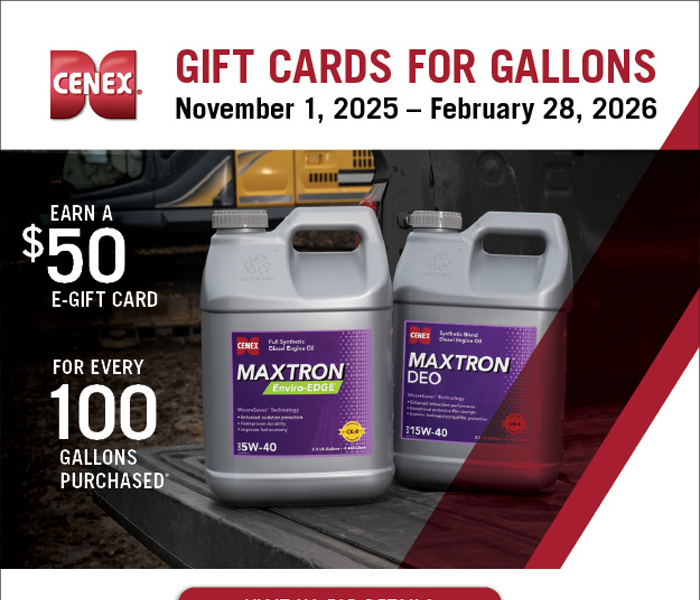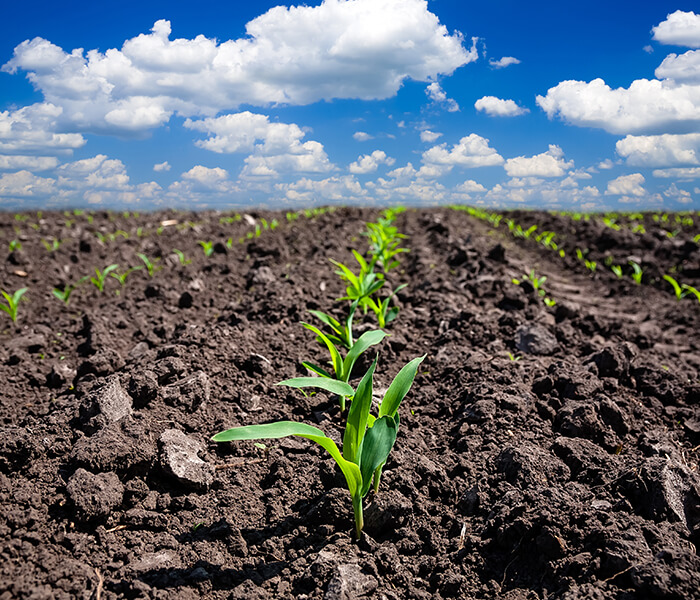Premier Co-op

December Energy News
I hope you were able to enjoy Thanksgiving with family and friends. And I hope you’ve recovered from your food coma. For the 10 of you (including my mom) who read my newslett...

August is upon us already. As we reflect on where the spring and summer have gone, it’s hard to believe the harvest season is right around the corner. This summer brought a lot of challenges: excessive amounts of rain complicating applications in a timely manner, the rapid growth of weeds and crops, and a heightened potential for disease pressure.
Herbicide applications have been drawn out, causing issues with weed control. Plants have grown rapidly, compounded by rain every other day which makes getting into the fields almost impossible. I have noticed an influx of water hemp across the area and have gone back multiple times to get it under control. Making sure we have overlapping residuals and spraying when they are small will be a key to success in the coming years as we continue our battle with this weed.
Looking into this month, my priorities will be disease pressure, along with corn rootworm beetles and making sure to scout often. We have seen many diseases in the fields, like gray leaf spot, southern rust, and the one everyone’s talking about: tar spot. By the time you read this article, we will already be in full swing on fungicide application. A common question I get is whether its worth it. The crops have looked good all year despite the challenges they have faced. I want to keep that plant looking as healthy as I can for as long as I can. I look more at the potential of yield loss by getting disease versus what amount of yield increase is needed to get ROI on application. With that being said, corn treated with Miravis Neo has out yielded nontreated trials by 16.8 bushels over the past 6 years. As the harvest window approaches, scouting often to determine stalk integrity will be important when planning the harvest schedule. Make sure to go after weaker plants earlier before they go down.
As we look ahead to fall, now is the time to start thinking about getting soil sampling scheduled. As soon as those fields are harvested, we can get a jump on sampling. Also, August is a great time to plan cover crop needs. Working with your local Premier Cooperative Agronomy location will ensure that the product is stocked and ready when you are
